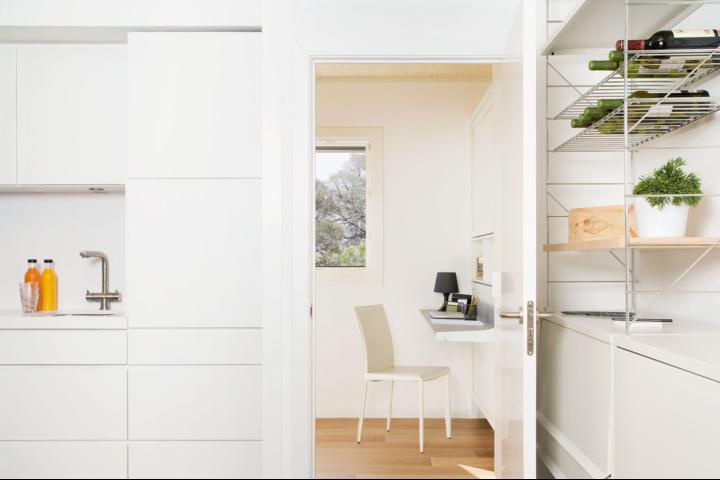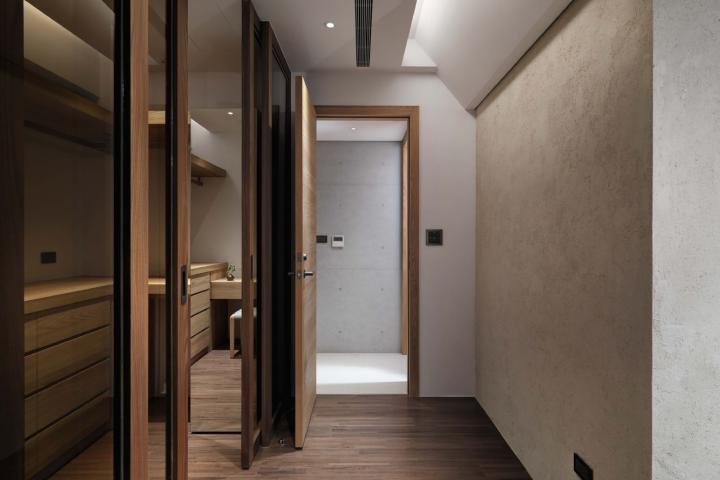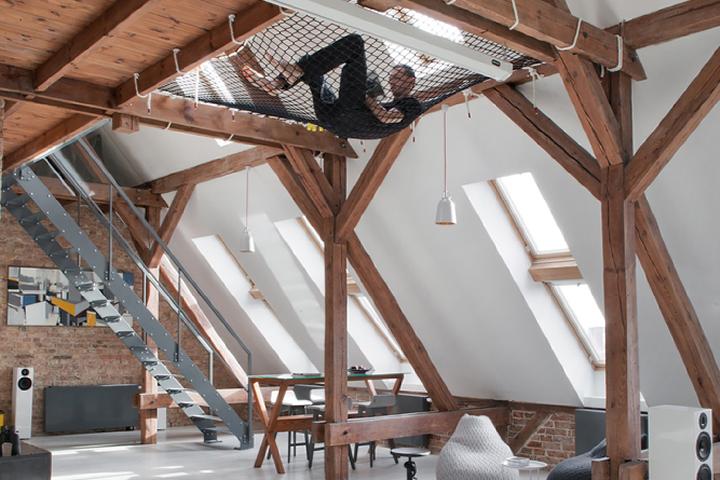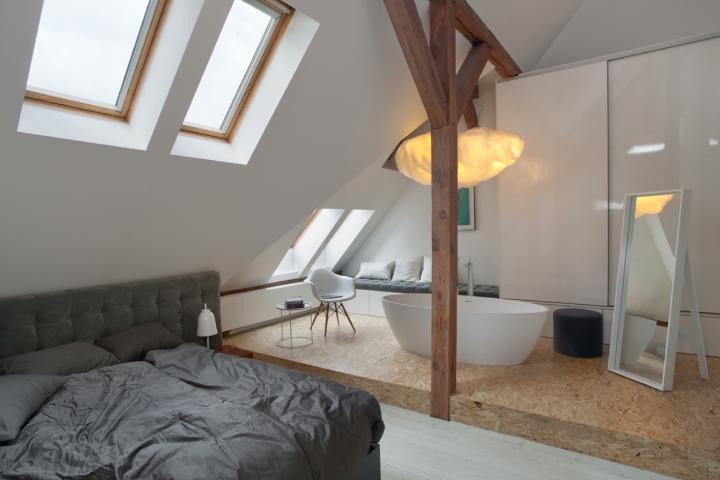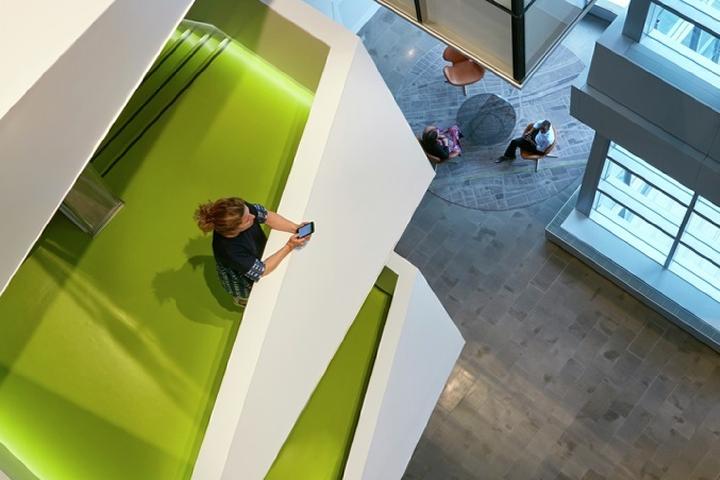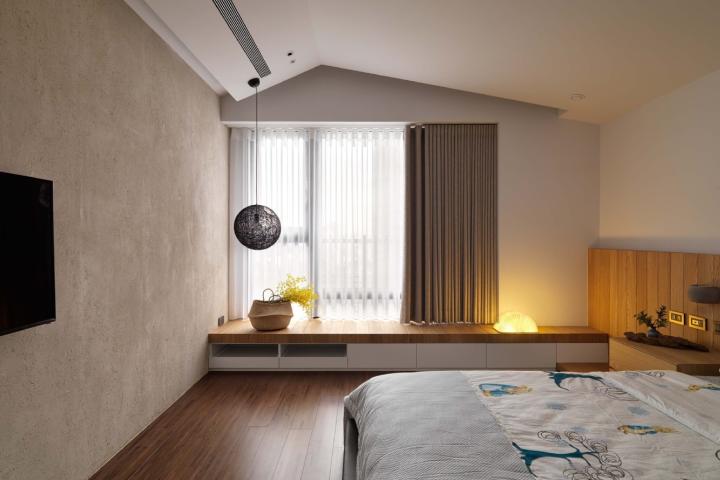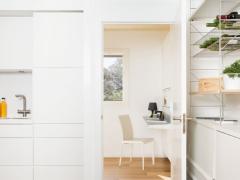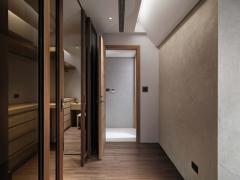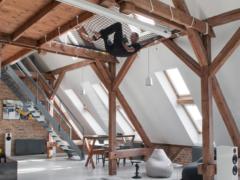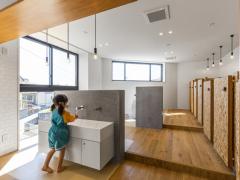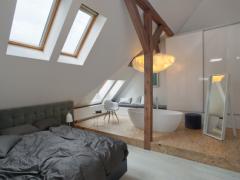I n the past 30 days, Amazon searches for touchless products such as automatic shoe cover dispensers, touch free soap dispensers, contactless thermometers, and hand free faucets have increased by up to 2000%. As anxieties over the spread of COVID-19 through contact or shared surfaces continue to plague the general population, these technologies offer a potential solution for for offices or organizations struggling to stay operational without increasing the risk of viral spread.
In the U.S. especially, this increased demand for touchless products has the potential to prompt a revolution in how we interact with common technologies in our day-to-day life. While manual revolving doors are widespread in cities like New York, other cities around the world – particularly in Asia – rely primarily on automatic doors. Similarly, public restrooms in these cities often come equipped with self-flushing toilets and automated faucets and soap-dispensers. Even American retail transactions often entail an unnecessary amount of contact, whereas other countries such as Australia or the U.K. use primarily contactless transaction methods including tap-to-pay credit cards or mobile payment. As COVID-19 prompts Americans to purchase touchless technology in unprecedented numbers, is it possible to imagine that these technologies will soon become integrated into our daily lives?
Below, we list some examples of pioneering contactless technology that are applicable not just to public spaces, offices, and businesses, but to residential homes as well. The sector of touchless products is a small, but rapidly emerging part of a larger shift toward increasing automation in contemporary architecture at any scale.
Smartphone Control
One of the most popular and oft-covered examples of contactless technology, often referenced vis-à-vis home automation, is the use of smartphone apps to control lighting, temperature, security, and more. Eliminating interactions with light switches and thermostats, and accessible through private devices, this technology allows users to change their environment or access data without any external contact. Furthermore, because of its flexibility of use, it can conceivably be applied to almost any setting from residences to office buildings, including commercial and educational spaces.
Another aspect of smartphone technology with particular relevance to businesses is that of mobile contactless payment methods that already experience widespread use, such as Apple Pay. Yet, as stated above, some countries such as the U.S. have not adopted this technology as widely as others. As businesses become more accustomed to contactless technology and smartphone automation, it is likely that the use of these payment methods will increase as well.
Motion Activated Lighting
Motion activated lighting eliminates both unnecessary contact and the hassle – however minute – of finding and flipping a light switch. Eliminating one major point of contact in workspaces and in homes, it could be one small, but impactful method of reducing the potential nor the spread of germs and diseases. Combined with its role in energy use reduction, this could make motion activated lighting a powerful new technology. One of the most common ways in which energy is wasted is through a light accidentally left on, be it in a closed store overnight or in a residential home over a lengthy vacation. By eliminating this possibility, the technology could reduce energy costs by a significant margin.
Bluetooth Access
One company, a San Francisco startup called Proxy, found demand for its products shift with the coronavirus outbreak. Having pioneered a technology allowing users to enter secure workspaces using a Bluetooth signal, eliminating the need to touch screens or swipe cards to enter, the company’s work found new meaning in a time when reducing contact became an utmost priority. Formerly of lower concern, the potential for safe, hygienic, and contactless security systems are revealing themselves now, suggesting that new technologies such as Proxy’s may be well on their way to permanent implementation.
Intelligent Bathrooms
One of the least hygienic yet most necessary spaces to use is the bathroom, particularly public restrooms in workspaces or public places. Kohler, a company that manufactures kitchen and bathroom fixtures including intelligent bathroom systems, has reported a spike in interest in their intelligent toilets, which not only flush automatically through a timer and sensor but open and close automatically as well. Thus, while contactless bathroom technology is already in use by many spaces, there is an opportunity not only to improve existing technology – such as improving the response accuracy of motion sensor toilets and faucets – but to innovate new types of intelligent toilets and sinks as well.
These technologies are only some examples of contactless products that can change the way we interact with architecture today and in the future. The COVID-19 outbreak, having already impacted so many lives, may produce more effects beyond those that are immediately obvious – one of which may not be negative, but could constitute a positive turn toward increasingly automated or contactless technologies that both improve daily activities and reduce unhygienic interactions, however small.

